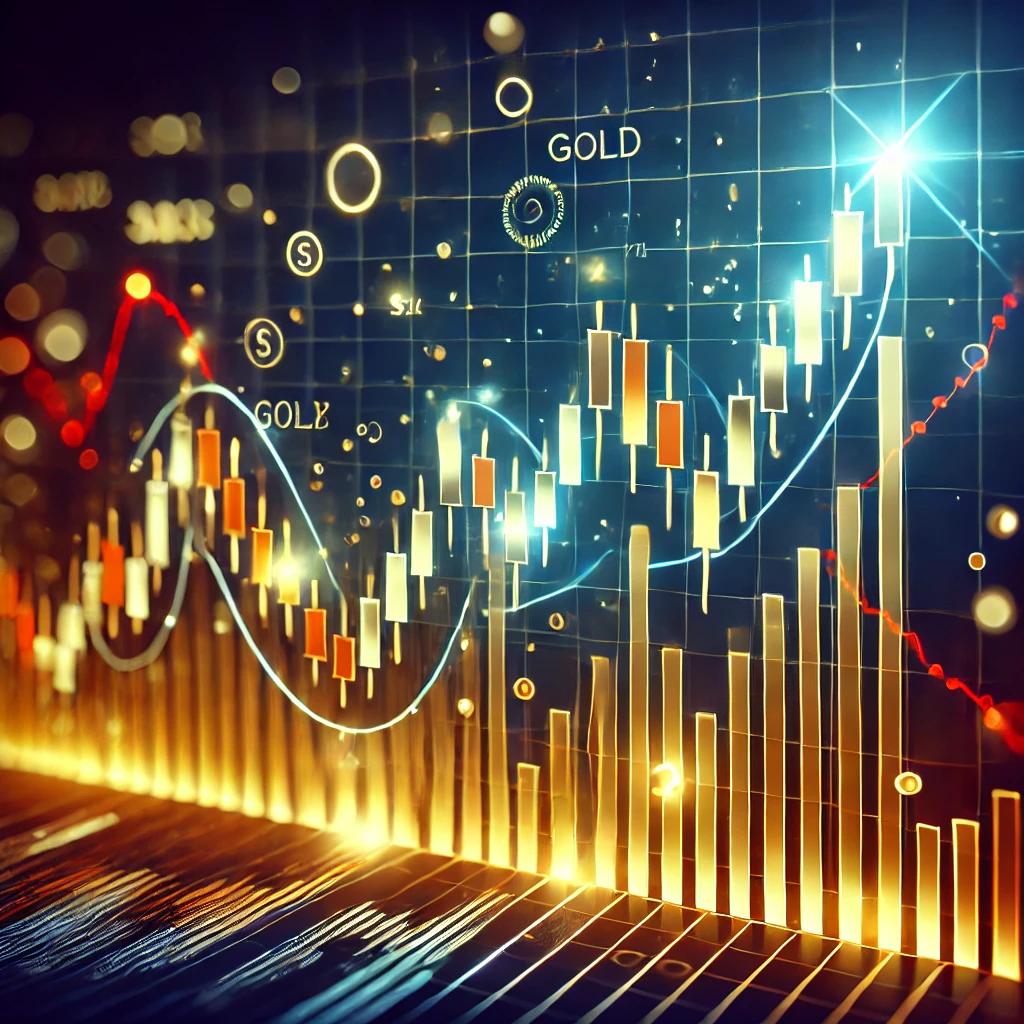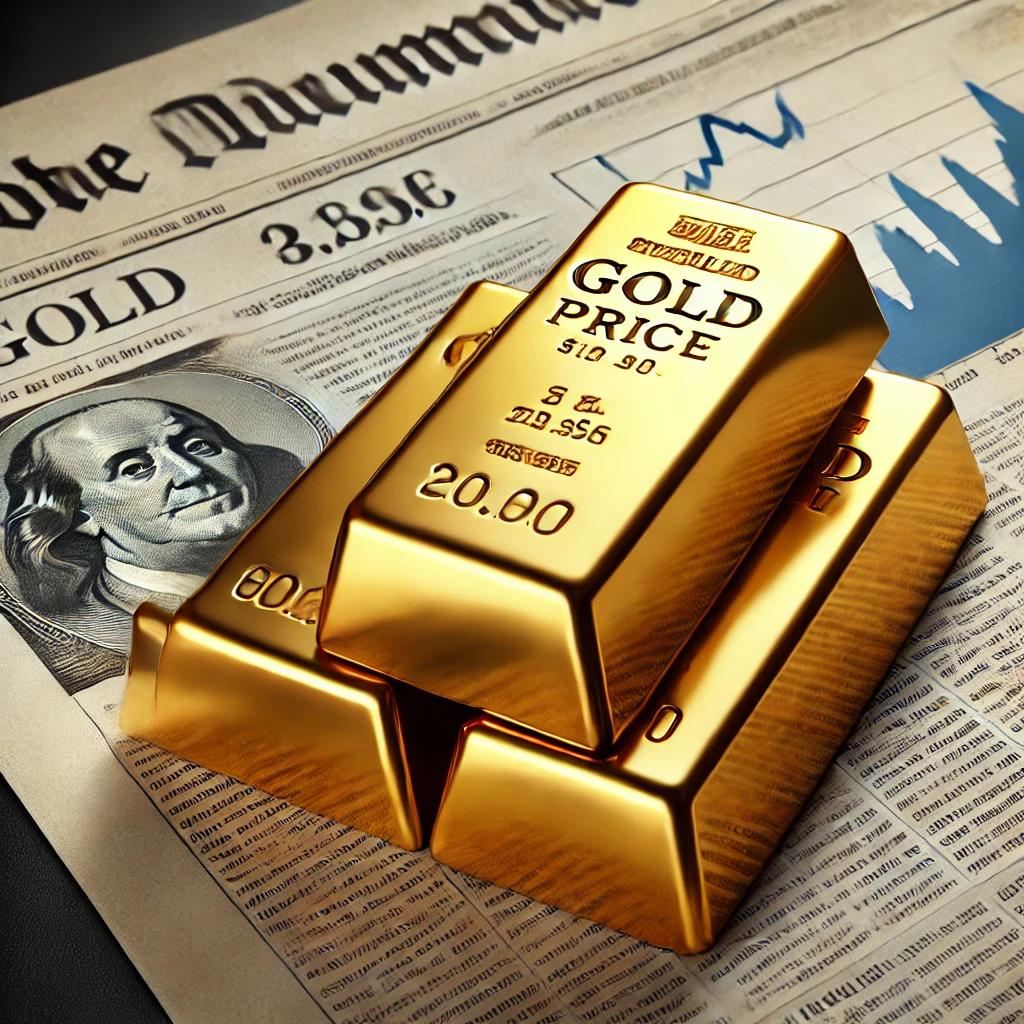Gold prices have soared to all-time highs, capturing the attention of investors worldwide. On February 4, 2025, gold reached a record $2,845.14 per ounce, surpassing previous peaks. This rally has been fueled by multiple factors, including geopolitical tensions, central bank purchases, and economic uncertainty.
As gold continues its upward trajectory, many are wondering: What’s behind this surge, and will prices continue rising? Let’s dive into the key drivers and what this means for the global economy.
Why Is Gold Surging to Record Highs?
Several key factors are pushing gold prices higher. Let’s break them down.
1. Geopolitical and Economic Uncertainty
Global instability has always made gold an attractive investment. The ongoing U.S.-China trade tensions have added to market anxiety. Recently, China retaliated against U.S. tariffs by imposing its own trade restrictions, escalating fears of a prolonged economic standoff. (Reuters)
Additionally, economic slowdowns in Europe and Asia have pushed investors toward safe-haven assets. With stock markets experiencing volatility, many are turning to gold as a hedge against potential financial downturns.
2. Central Banks Are Buying More Gold
Central banks around the world have significantly increased their gold purchases. In 2024, global gold demand rose by 1% to a record 4,974.5 metric tons. For the third year in a row, central banks purchased over 1,000 tons of gold. (Reuters)
Countries like China, India, and Russia are stockpiling gold to reduce reliance on the U.S. dollar. This trend strengthens gold prices, as higher demand leads to increased value.
3. Inflation and Interest Rate Expectations
Investors often buy gold as a hedge against inflation and currency devaluation. With concerns over rising consumer prices and uncertainty about central bank policies, demand for gold has surged.
Many analysts expect the U.S. Federal Reserve to cut interest rates later this year. Lower interest rates typically weaken the dollar, making gold a more attractive investment. As a result, gold prices could continue their upward momentum. (Money.com)

Market Implications: What This Means for Investors
1. Gold’s Safe-Haven Appeal Is Stronger Than Ever
Gold is widely considered a “safe-haven asset.” Investors turn to it during uncertain times to protect their wealth. With recent economic and geopolitical instability, gold has reaffirmed its position as a reliable store of value.
2. Is It Too Late to Buy Gold?
Some investors worry that buying gold now might be too late, given its recent surge. However, many experts believe gold still has room to rise. Analysts predict that prices could surpass $3,000 per ounce in the coming months. (Barron’s)
3. Stock Market vs. Gold: Where Should Investors Focus?
While stocks have shown strong performance in recent years, uncertainty remains high. Some investors are shifting part of their portfolios toward gold to balance risk. Diversification is key, and gold can play a crucial role in protecting wealth during volatile market conditions.
What’s Next for Gold?
Gold’s future depends on several factors, including:
- Geopolitical tensions – If conflicts escalate, gold could continue rising.
- Inflation rates – Persistent inflation will drive investors toward gold.
- Central bank policies – Interest rate cuts could further boost gold’s appeal.
While prices have already hit record highs, the conditions that pushed them there remain in play. Many experts suggest that gold’s upward momentum is far from over.
Final Thoughts
Gold’s recent surge is a reflection of global economic uncertainty, increasing central bank purchases, and expectations of lower interest rates. Whether prices continue climbing will depend on how these factors unfold in the coming months.
For investors, gold remains an attractive option for diversification and risk management. If global instability continues, gold’s value could rise even further.

Will we see gold surpass $3,000 per ounce? Only time will tell, but for now, its historic rally is a trend worth watching.

